|
Since the very first day David Megarry revealed the lost dungeon of Tonisborg it has become a treasure trove of information. (Images: Ross Maker, David Megarry, David Wesely, examining Tonisborg dungeon.) Tonisborg dungeon has led us to think a lot about how difficult OD&D was designed to be. In addition to the rules themselves, the early referee's were much more willing to let players do stupid things which would lead to their untimely deaths. We've been a having fun calling Dave Arneson and Greg Svenson --KILLER DM's. Of course, we should clarify that what we mean by this is that they aren't necessarily out to kill players; the attitude between 1971 and 1974, is that players should have to work to succeed. And that not every encounter is meant to be won. If you ignore all the role played situations in a dungeon game, and only focus on the mechanics, certain parameters become common to all dungeons: 1. how you design your dungeon tunnels and rooms. 2. what kinds of creatures and traps you put in these rooms and tunnels. Think of where it is, and what it is, in your own dungeon, because this will show you how things were different later in this discussion. If you've managed to keep records, it would interesting to see what kind of mortality rate you have in your own games. Ok, lets get back to KILLER DM's, a lot of people are over reacting to the term. We'll explain a bit more what we mean by this. From what we can see, Dave Arneson made his game harder on his players in order to make the rewards of surviving his dungeon that much more of a victory. So lets look at some quantifiable evidence that shows this to be true of the original players. For this we do have solid evidence: Dungeons, and Character Sheets. First off, we have David Megarry's collection of character attributes. The sheet contains the info on 20 characters. David says that some of these characters may only have lasted one session. The first 12 are likely from the first few years of Blackmoor. We think that the 13th has a notation that she died in Tonisborg. This is likely Megarry's Scholaress charatcer and is from both Arneson and Svenson games and just happened to get killed in Tonisborg, since Blackmoor became a shared world. Ok, so over the first 2 years or so, Megarry suffers the loss of 13 deaths. Lets just assume Arneson had roughly 15 -20 players in his game during the first few years. Can we assume then, that his players were running about 10 characters during this time? We're looking at an estimate of around 150 - 200 (+/-) characters over 2 years. Certainly, there are those iconic characters who just lived through everything, yet if everyone is averaging 10 characters per year, we're getting a high rate of deaths by comparison with contemporary games. This number is really high at around 80%; if we assume that some live past this 2 year stretch. In your own games are you getting this number of character deaths, or roughly 6.5 per player per year? Lots of things will likely factor into this high rate of deaths. Arneson's players had never played fantasy, or dungeon, RPG's before this, so their expectation of the game would be different from how players think today. Arneson didn't have the expanded character levels in his game that appear later. It's also likely that players who were used to winning and losing in war games all the time, were not as likely to get attached to characters back then. A miniatures war gamer has a keen understanding that in order to gain ground in a battle, you have to give up blood; the trick is to make the enemy take higher losses than you. Of course in an RPG, if you lose, it's game over. You can break down how the characters died on the Megarry sheet as well. Sure, most of them get killed by monsters, but there is even one guy who got lost and starved to death! We need to check back with David as to what period this sheet covers. If it is from 1971 until 1975, then we're seeing a stronger case for a 80% mortality rate annually. How does your own game compare? People might say that their players wouldn't play if they died a lot, well maybe today's players are like that. Despite all the mayhem that is being meted out to the players, the original group just kept going back for more -- People were having fun dying! Some of the responses we've seen to our articles is that in order to have a story, you have to have less characters dying. Arneson invented the RPG extended story concept. He had a lot of story in his world. The Egg of Coot was a constant threat. He was also creating a variety of adventures for the players to go on, it wasn't just going to the dungeon to see what you'd find. Arneson's first dungeon adventures are about being hired to go on a mission into the dungeon to find something. All of that is story, yet Arneson was willing to lose some characters along the way. There is tons of evidence that he was willing to TPK a party if they really screwed up too. As a Referee, are you willing to make your game a Monty Haul, just because you want to see your story play out, or do you need to be more clever, so that if characters die the story keeps moving forward? i.e. The party gets TPK'ed and the ancient scroll with the riddle and map on it is lost. Or is it? Perhaps the second party to go on an adventure will find this very same scroll and be able to fulfill the quest! Or, now it is in the hands of the Evil Wizard in the dungeon, and is willing to trade it for something of great value. A true "Sandbox" game is full of stories and even a scroll can have its own story arc for how it got from one place to another. What about Tonisborg? What has made this dungeon so compelling for us? Dan Boggs has written quite a but about it. The main thing he discovered after doing a bit of number crunching, is that it is populated according to the instructions given in OD&D , or "The Little Brown Books". http://boggswood.blogspot.com/2018/01/the-lost-dungeon-of-tonisborg.html http://boggswood.blogspot.com/2018/01/tonisborg-part-ii.html http://boggswood.blogspot.com/2018/01/tonisborg-dungeon-part-iii-stocking.html The other thing we all noted is that Tonisborg is drawn much like Blackmoor is drawn. It's made up of a lot of interconnected passages and the rooms come off of these tunnels. This allows players to roam around without having to enter into rooms at all. This extent of the passages vs rooms is very much a Twin Cities style of map. We're not saying this is better or worse, it's just different, yet you may want to consider this when designing your own maps because it looks like a real catacomb, and also serves a purpose. There are some parts of the dungeon with unique properties, such as the "Special Evil Areas", we'll leave off on discussing that for now but they are intriguing, since the note on the map says that a player has a 1 in 6 chance of being taken away. Lastly, Greg's maps actually show you which way a door swings! How deadly is it? It is perhaps the first dungeon using a D&D draft, or the published rules. So while it is in Blackmoor, it is also not using the same rules that cuased David Megarry to die so often during the first two years. Yet Greg is still a KILLLER DM! Both Dave Arneson and Gary Gygax collaborated on the original game design. And they were likely in agreement on many aspects of D&D that relate to play balance. OD&D had some elements in the design that were put there to help players. For instance, no 1st level monster has an armor class of 2. This means a first level party with a couple of Main Battle Tank warriors in plate mail, are generally 50% more likely to hit the most armored monsters, compared to what the monster's odds are when hitting back. So there is a bit of a skew toward the party at this point. A sword, is a sword, is a sword, by any other name. If you look at how damage is handled in OD&D, there is still that chance that a 1st level monster will get a hit and either really hurt a player, or even kill her. Consider also, that monsters are not real players, if they get wiped out there's plenty more where they came from. A long session that explores perhaps half a dungeon level is a series of potentially brutal encounters for your players. Even with the benefit of hitting all of them more than they hit you, you're still looking at a bad ratio of hits and damage received over an adventure. Based on these combat averages we can tell that Tonisborg kills characters! If you look at what the maps show, you find that the quantity of deadliness just gets more lethal the deeper you go. As Dan Boggs has pointed out, Tonisborg is populated via a random monster distribution that comes right from the rules. Greg told us he created the dungeon randomly, we need to ask him if he meant the monsters, or the map -- or BOTH! Lets look at what type of monsters one can find. We're providing the charts straight from OD&D. The first chart is used in order to determine what difficulty level the monsters are. If you look at levels 1-4, you 'll see that it's possible to end up encountering some truly nasty stuff while adventuring. What makes it even worse, is that these charts are also the wandering monster charts! On every level of Tonisborg there are creatures of up to three levels of greater Dead-lification (this is a real word BTW) that can likely destroy , or severely diminish, a party of any size. On level 1 you get a 1 in 3 chance of encountering something from the either 3rd level with a 5, or 4th level if you roll a 6. All of these monsters are already looking really nasty. What seems most terrifying are the undead on these levels. Both Wights and Wraiths are level drainers, meaning that if they hit you there is also a chance you will lose 1 life energy level; as a bonus to Player Happi-fication (yet another real word) 1st level characters only have 1 life energy level! If you fail your saving throw -- game over. These monsters are deadly! And of course, Wraiths and Wights can only be hit by magical weapons -- ever get the feeling the DM is cheating? Look at the first level map section, there are two adjacent rooms, the one with the (2) Wraiths, and across the hall, one with some Evil Priests. You can be sure these monsters are working together thus making this area a really bad hair day for any hapless 1st level parties to discover. Sure you can knock on door 1, or door 2. Yet, it's likely both doors will open at the same time. But hey, if you do manage to kill them, they probably have their treasure stashed in the secret hallway right behind their room. By level 7, there are more examples of happi-fication and joy. Look at the key section and map sections we've provided. There is that open hallway area that contains the most fearsome monsters of all dungeon creatures. People can argue which one is worse, but at this point since they are located within 30 feet of each other, the Purple Worm in area #14 and the White Dragon in area #15 are about to cause a lot of trouble for the average party of adventurers. Which one do you disturb first, and will the second come to investigate? What about those Evil Priests in room #13? Anyone who wants to get attacked from behind by a White Dragon while fighting a Purple Worm and some Evil High Priests, please raise your hand now. Ok, so the map is different and the monsters can be meaner, this has to change how you play the game. How the heck do these guys play this game if it's just killing them outright? Does this mean every encounter kills the entire party -- no. What it does reveal, is that the Original Gamers are sneaking around and trying to be quiet. They are using the architecture of the dungeon as an aid to their mission, because they can wander the tunnels and avoid really dangerous rooms while entering others. Bob Meyer told us that The Great Svenni got to high levels because he knew when to fight and when to run. Sure, you need to kill monsters to gain experience, but the real skill lays in knowing what ones you can handle and what ones to avoid. It's worth considering that doubling your party size is going to keep from losing everyone. Hirelings were an essential component in many Blackmoor adventures; so that a party could be just a bit more beefy. Maybe your group of 4 players can hire 4 warriors to man the front line in battles. Of course, if a player gets killed, another Blackmoor tradition is for that player to take over as one of the NPC hirelings. And those seemingly useless items like spikes and oil flasks. Those were good for keeping monsters from chasing you, because you could spike a door shut, or set the floor afire for a few rounds. The same goes for the spells that many players avoid choosing. Sure, we all want to be able to cast Fire Balls, but Hold Monster, or Hold Portal sure come in handy when you find something really nasty and need to run away. Even a Web spell is good for slowing down the front ranks of the band of 50 orcs that are chasing you out of the dungeon. We also have heard several accounts of personal sacrifice by players. A party would stumble on a really bad situation and the fighters would hold off the enemy long enough, so that the rest of the party could flee. In some cases these brave warriors gave up their lives for their comrades -- This is truly heroic adventuring! If you use your noggin, you'll know that the architecture of the dungeon can help you as well. There are more stairwells in Greg's dungeon than any other dungeon we've seen; with the exception of the published version of Blackmoor dungeon. If you can retreat to an upper level via one of these tiny stair wells, then you suddenly have the advantage as the monsters can only come at you single file! Perhaps the best defense in Greg's dungeon is to remember to bring along a box of marbles that you can roll down a stair well, thus toppling even a mighty Balrog that is chasing you! (we're thinking Dave Arneson is getting a good giggle from the mental image of a Balrog falling on his butt, because it fits right in with his gonzo sense of humor.) How lethal is your game? Are you willing to become a KILLER DM yourself?
If you still do not believe that this style of play is fun, you can try it out for yourself and see what happens. While you don't want to kill off all the established characters in your campaign, you could run a game with a test dungeon. What if you draw up a map that is full of long tunnels and many staircases between the levels just like Tonisborg has. You can even give your players 2nd level characters to start with, along with a couple of NPC hirelings so that the party can takes losses and continue on their quest. Of course while most monsters will be an even match for the players, you can also sprinkle a couple really tough ones into the mix. Add in some deadly trap doors and other obstacles throughout the dungeon too, since even a barren passage can lead to death. What's more, don't tell your players that the odds have changed. Let them discover that characters die easily in this new dungeon. It may be interesting to see how they react to suddenly being confronted with a dungeon where the stakes are higher and the feeling of impending doom is a palpable fear. You may have to drop hints like "You can always run away!" Next week we won't be posting anything since we will be on the road. We've been invited to take part in the annual Blackmoor game in the Twin Cities -- we're "dying" to join in on the fun. If you aren't already already aware of it, despite all of our posts about it, this tuesday, May 22nd, is a special day. Even if you aren't gaming, take a moment to contemplate that fantasy gaming took a very big step on this day back in 1971 in Dave Arneson's parent's basement.
5 Comments
A week from today something special is going to happen. Although Blackmoor comes into existence before may 22nd 1971, most players refer to the in town adventure on this date as the beginning of what has come to be known as Blackmoor. Arneson himself always used that date as the demarcation of when Blackmoor started Of course before this, there was the druid with the hand phaser, and the card game under a troll bridge. It is even possible that Duane Jenkins became a vampire before this session. Dave Arneson passed away in 2009, yet his friends keep his memory alive by running an annual Blackmoor game for those who were in the original campaign. We wanted to help the guys celebrate the longest running fantasy campaign ever, by making a little video. https://www.youtube.com/watch?v=By9P8CZdtlQ&feature=youtu.be
We've been on a tear over our KILLER DM discussion, ironically both James and Greg claim that people didn't die much in Blackmoor. Perhaps they have this perspective because both of them had characters that rose to the highest levels, certainly others did not fair so well. This year marks the 47th year since the First Fantasy Campaign began. You too can join in and run a game in honor of Dave's memory. Blackmoor is alive! Dave Arneson lives in our hearts. In our last discussion we talked about the change in how people view Character Death as you trace a parallel path between the evolution of D&D and computer games. Today we're going to look at old gamer culture and see if they had a different way of thinking about things back then. Ok, so let's just start off by telling you this -- It's your job as a referee to kill a lot of characters! We'll go with Gary Gygax's assertion that a 50% mortality rate on every adventure is too high. Yet there must be attrition or the stakes are too low. How about if we get an average of 25%? That seems reasonable. So what was the attitude toward killing off characters back then? We're pretty sure the first DM's made their games really hard on players. It wasn't enough just to be average, or good enough. Players had to be really creative in order to "WIN"; and by winning, we mean that they were able to overcome a monster thus getting its treasure. The first Dungeon's are Blackmoor (1971), Greyhawk (1973), and as far as we can tell, Tonisborg is right in there as well (1973/1974). Blackmoor and Greyhawk predate the publication of any rules, so as play-test games they are going to be a bit different. Tonisborg arose, or rather -- got dug, when D&D drafts were given to the players in the Twin Cities in the summer of 1973. It then goes on to be altered again when the rules are published. Greg Svenson told us he threw away his play-test draft once he got the published rules. It's important to get a feel for how people think during this early stage in RPG's. As DM's today, we know all about how a dungeon should be made. We live within a culture of modern gaming where game play and dungeon design are common shared knowledge. It wasn't like this back then at all. Consider that what is contained in the rules for OD&D is sketchy at best, and that until Dave Arneson publishes the first Adventure Module: The Temple of the Frog via the Blackmoor OD&D Supplement II -- there are no good examples of dungeons for people to copy. Everyone is on their own as they try to figure out the best way to make their dungeon. You may also want to consider that gaming culture changes dramatically from the early days. We've interviewed a lot of early RPG'ers who started before 1974 and they describe things a lot differently; the DM's had no qualms about exterminating characters. In our interview with David Wesely about his first trip to Blackmoor, he relates the game in great detail. We are even able to corroborate this story with Ross Maker's account of the same adventure. They go into the dungeon with a troop of dwarf hirelings in search of a princess who had been kidnapped by a Balrog. At some point one of the dwarves at the back of the party gets separated and disappears. The rest of the party eventually finds the Balrog, or he finds them; it's always a matter of perspective. It's at this point that things get dicey and the Balrog proceeds to decimate the party, beginning with the dwarves. The Balrog then turns his attention to the Players. Just as Wesely and Maker are about to receive the killing blow from the Balrog, the lost dwarf reappears, comes up behind the Balrog, and clobbers him with one mighty blow. Our hapless adventurers both shout, Hooray, were saved! End of story. Well, not really. Wesely says that although he had fun, he also gave Dave Arneson a hard time about the adventure, because he felt that Dave was being too easy on the players; that the rescue of the players by the lost dwarf is making the Deus Ex Machina too obvious. Wesely's advice to Arneson is that he needs to allow his players to get killed in order to make the stakes higher and the game worth playing. Arneson takes this advice to heart, from that point on Dave Arneson becomes a KILLER DM. We know this because Arneson was known for running games at conventions where he would wipe out entire parties without blinking eye. When asked about this high mortality rate, Arneson would mimic killing players characters by smashing his thumb into the table and grinding it back and forth. This ruthlessness as a DM even comes up when he goes to demonstrate Blackmoor to the Lake Geneva Gamers in 1972. In that adventure Terry Kuntz earned a singular honor. While down in the dungeon, their small party of players: Gary Gygax, Ernie Gygax, Rob Kuntz, Terry Kuntz, and David Megarry, ran into a wizard. Everyone else decided to run away. Terry figured he could take him on and drew his sword. Well, things didn't last long. The wizard drew his wand and blasted him with a fireball, frying him instantly. As the first character to die in Lake Geneva, Terry can now claim to be Arneson's first kill outside of Minnesota. The KILLER DM attitude is pervasive in the Twin Cities. We asked Dave Belfry about his adventures in Blackmoor fully expecting to find out about an epic high level character with years of history and the countles stories that go with that. Yet his response surprised us entirely, since he said something along these lines - I never had a character that lasted long. As well as - I died a lot of times. Martin Noetzel is most famous as the Wandering Elf, he related the same thing -- I died a lot of times. We can take these examples of early gamer culture even farther if you listen to the type of language the original gamers use. Rob Kuntz says a very interesting word when he talks about playing with Arneson "I loved playing AGAINST Arneson…" Chirine Ba Kal uses the same language when he talks about playing. He describes a game as playing AGAINST the DM. We can hear the proverbial screeching tires as everyone who reads this is confronted by this old concept of playing against who ever is referee'ing your game. If we relate back to our previous article on how Computer/Video Games change, consider how coin operated consoles give you 3 lives. You can play your heart out and maybe you may last a really long time, yet in the end, the machine wins and you die -- GAME OVER! Of course, some of you are now rolling on the ground while squealing things like "But the DM is supposed to be an impartial judge!" Yeah, whatever, all you N00B gamers need to learn your lesson. When you come to a real dungeon game, recall these words of wisdom that are written on the gates of hell: Abandon all hope - ye who enter here! That's the difference in a nutshell: the original game is about surviving through hell, and new games seem to be like when the bell goes off, and all the children run out of the school and climb all over the super safe plastic playground equipment. Yup, it's fun, but it isn't a challenge if no one gets hurt. And of course you may be wondering how all of this can relate to Greg Svenson and his Tonisborg Dungeon. We're showing you a snippet of the dungeon key from level 1. You may notice that room #2 contains five wraiths.
If you are designing a dungeon, do you populate it with easy to kill monsters and do a lot of hand holding, so that your players are less likely to die? Or do you make things difficult and step on your player's egos a bit? Judging by what we see in Tonisborg's 1st level, Greg too is a KILLER DM. We feel we are building a really strong case for making dungeon games deadly again. What do you think? In our next in this series on dangerous dungeons, we'll drag some of Dan Boggs research into the mix and talk about the actual mechanics involved. If you have any doubts, thus far -- trust us, it's only gonna get uglier. Detail of Tonisborg Dungeon One of our previous discussions was about keeping players scared: http://www.secretsofblackmoor.com/blog/what-if-you-arent-playing-the-game-right-or-on-the-origin-of-the-dungeon-adventure-game-as-the-first-gothic-horror-rpg Now let's justify making them dead! We often get Dan Boggs on the phone and pore over artifacts together - long distance. Dan did some extensive blog posts on Greg's Tonisborg dungeon: http://boggswood.blogspot.com/2018/01/the-lost-dungeon-of-tonisborg.html We recently had yet another long distance examination of Greg Svenson's Maps. What Dan found most interesting about this underworld is just how much of a killerl it is. We'd noticed this as well and wanted to examine how this is different from contemporary games. As fans of traditional D&D play we tend to view any campaign with lots of high level player characters as too much of an instant gimme campaign, we can't fathom how an entire party was able to reach their god-like levels of experience. Screen shots taken from dnd @ https://www.cyber1.org Here is what Gary Gygax had to say on the subject of character levels just over a year after D&D was published: "It is reasonable to calculate that if a fair player takes part in 50 to 75 games in the course of a year he should acquire sufficient experience points to make him about 9th to 11th level, assuming that he manages to survive all that play. The acquisition of successively higher levels will be proportionate to enhanced power and the number of experience points necessary to attain them, so another year of play will by no means mean a doubling of levels but rather the addition of perhaps two or three levels. Using this gauge, it should take four or five years to see 20th level. As BLACKMOOR is the only campaign with a life of five years, and GREYHAWK with a life of four is the second longest running campaign, the most able adventurers should not yet have attained 20th level except in the two named campaigns. To my certain knowledge no player in either BLACKMOOR or GREYHAWK has risen above 14th level." So how are these players able to get such high levels so quickly and easily? It seems Gary was somewhat confounded by this himself. He goes on to discuss mortality within dungeon games: "…if a 33rd level wizard reflects a poorly managed campaign, a continuing mortality rate of 50% per expedition generally reflects over-reaction and likewise a poorly managed campaign. It is unreasonable to place three blue dragons on the first dungeon level, just as unreasonable as it is to allow a 10th level fighter to rampage through the upper levels of a dungeon rousting kobolds and giant rats to gain easy loot and ex- perience. When you tighten up your refereeing be careful not to go too far the other way." From: D&D is Only as Good as the DM by Gary Gygax The Strategic Review April '76 V.2 N.2 Plato: Maze War being played (1973) It's likely more ink has been spilled on this subject than all the orc blood in all the combined dungeons since the invention of D&D. Players may not worry about this issue, but many DM's do. We can recall wandering into our local game store one day in 1979, and overhearing a mother who was there shopping for her son, brag about how he was a 20th level Wizard. Our games had not seen anyone rise higher than 9th level. In fact, our dungeon parties were always an awkward mix of 1st levels, a couple 5-6th levels and the one thief who had gotten to 9th level. It didn't hurt that he had found a ring of invisibility so he could do solo dungeon raids easily on his own, by going around unseen and picking and choosing what to fight and what to bypass. This is an old problem. Yet the inflation of character levels can also be connected to how computer games have evolved as well. The following article cropped up in the gamer sphere and it got us thinking lot about game design as it relates to play balance and difficulty of play. While people often consider the impact of D&D on digital gaming, no one seems to be looking at the impact video games have had on D&D; and there are great parallels between the two. And while we often see people going off at the mouth about how D&D cured everything from mental illness to cancer, in regard to computer games-- sorry, but computer games came first. when we see D&D experts claim that D&D was what influenced computer games, we just grimace and think -- they aren't digging deep enough. In this blog article by Jon Paul Dyson, you can see many claims that fall into the usual assumptions about D&D and computer games/video games. What is most evident is that this writer has no clue about early computer game history. http://www.museumofplay.org/blog/chegheads/2011/05/the-influence-of-dungeons-and-dragons-on-video-games The author reveals that he does not have a long memory either, because he begins with the Holmes Blue Book D&D set, which first appears in 1977. We will forgive him for his romantic dalliance with his own personal experience, as some of our own articles can lean a bit on the smarmy reminiscence side of things too. What is more important is that unless you were there, you're likely to have very little background on computer games. You won't be able to see the deeper connotations of how the two games show similar evolutionary paths. And you won't be thinking that perhaps the two are influencing each other in equal portions. (By now you're wondering what the heck computer games have to do with D&D. Well, we're sort of circling like hawks right now, so just follow with us on this, and we promise we'll make some kind of grand connection later on.) Plato Terminal and keyboard showing the Orange Glow of the Plasma Display While we won't go into every detail of the origin of computer games, we can talk about the place where many of these games originate, and that is on the PLATO mainframes in the 70's. Check this out: https://en.wikipedia.org/wiki/Maze_War Ok, so by 1973 there is a maze game on PLATO. If the image we've found is an original, this makes 1st person perspective an early innovation as well. (Wikipedia is a sloppy source, so the image may be out of context a bit.) Or, we can look at SPASIM (1974). It's a Star Trek simulator complete with wire frame vector graphics. Having played it as 13 year olds decades ago, we can say that it was incredible, even if it took about an hour to find an enemy ship while playing the game. Yet it clearly is not being influenced by D&D at all. At the same time it's well documented that D&D computer games originate on PLATO in 1974. That is the first obvious link -- so lets dig some more and see what happens. We have two types of games: Computer games and Paper D&D. They originate separately, yet eventually there is likely cross talk between the two types of games and members of their communities. This cross talk seems very direct. Lets consider that CDC had its headquarters in, of all places -- Minnesota! We can link the two communities even more via one of the Blackmoor Bunch: Fred Funk. Fred worked as a security guard at CDC. Over time he was able to acquire his own PLATO terminal, so he could access the system from home. Chirine ba Kal described being at Fred's house back in the 70's/80's and taking turns playing some of the early games. Though not related to this discussion, this is a fun place to explore Chirine's miniatures and gaming stories. chirinesworkbench.blogspot.com A Plato mainframe was also located at CERL in Champaign Urbana. Interestingly. many of the big players during the independent game revolution of the '70's and '80's were in central Illinois. You can place Judges Guild Game Company, physically, very near to the epicenter of this computer game boom that is happening at the same time. This can be said for Game Designers Workshop too, as they were in Normal Illinois. Head to Head Combat in Empire (1974) Below is a cut paste from the Wikipeida page on the PLATO computer system: (https://en.wikipedia.org/wiki/PLATO_(computer_system) Look closely and you'll find links to the first D&D computer games: Pedit5, and dnd. Wikipedia can be tricky at times. While Pedit gets the attribution of first D&D computer game, it comes up with a 1975 dating, while dnd is dated in 1974. Hmmm... Innovation[edit] PLATO was either the first or an earlier example of many now-common technologies.
Panther was a head to head multi player predecessor of Battle Zone Hopefully some of the links work. We just want to show just how much game design was being done by 1973 and on. It's actually quite staggering. The thing one finds in both D&D and computer games early on, is that they are both really difficult to learn. Anyone who was playing D&D in the early days will attest to how poorly explained some rules sections can be. We just had a huge throw-down arm wrestling cum WWF battle with Dan Boggs about the length of a combat round in OD&D. Some of the action has been preserved on VHS tape: www.youtube.com/watch?v=q91znfQqpGw Dan left with a bloody nose, yet fully confident he was the winner. We left with black eyes, but we know we're right, so whatever DAN! Just learning the interface on early computer games was hard. Plato's Empire game (https://www.youtube.com/watch?v=vMPC1eG5cko) can take a month just to learn the keystrokes. Play balance wasn't very good to players in the early days either; if you played early computer games, you know how lethal they could be. Yet the market dictates what the games should be, and over time we've arrived at the single player story games, where even a young person can survive and learn to play by starting on a low level setting and working through the entire game, map by map. We didn't get level saves back then either. In fact, computer game history is littered with the wreckage of beautifully coded, accurately researched, and perfectly implemented simulations of all kinds. We still whimper at the loss of our Amiga computers and the Action Stations! naval game. *SIGH* The problem is, they made these games so real that hardly anyone could play them and win, much less survive for very long. People want to win games. You can trace the level of difficulty for computer games as a factor of consumer buy in. If the game it s too hard, you reduce the number of people who are willing to purchase your product. These days, games are designed to be sort of stupid. Lots of effort goes into making sure everyone is going to love the new whatever; so the game has to be easy. One should also consider how each game rewards a player, or what we call "Crunchy Bits". It's the Crunchy Bits that get people addicted, and you have to make sure just enough Crunchy Bits are doled out to make everyone feel like they are winning! And of course as Gary pointed out, you can't let them win all the time, but you can't make them lose all the time either. Don't think game companies aren't looking at how gambling addiction works too; and using this in their games to keep you interested. Did we say interested? We actually meant, as addicted as a lab rat on sugar substitutes. It is very likely that how hard a game is, is actually being coded into newer games based on your own in game performance. They are dosing you with happy feelings based on your own ability and behavior! This change in how computer games are maintaining interest is likely influencing how Paper RPG's are being designed these days as well. This is where you find the greatest cross talk and parallel between the two industries. Maybe this is where we see the inflation of character levels in campaigns coming from as well. (This idea of how there is a correlation between how games are becoming inflated is sort of a quandary, because Gary was complaining about it not long after D&D gets invented. We'll just toss these ideas out there and maybe they will generate some discussion. ) Char set for Future War post apocalyptic dungeon game If we now turn to one of the original D&D computer games ( which we would add is more like a blending between OD&D and Dungeon! ) you find a much different paradigm. Since players in computer games cannot use verbal RPG play to get out of tough situations, PLATO: dnd reveals a truly lethal game simulation. Here is a video recording of two dungeon dives in dnd: (https://www.youtube.com/watch?v=hdPrzb534TY) Even if the core mechanics being used for this game are all "under the hood" and unseen by the player, it still reveals deadliness. Our experience with dnd is that the best approach was to find a nearby exit. Once you had found an exit, you would enter the dungeon and travel to your chosen exit while hopefully gaining some experience by killing monsters and finding treasure -- WITHOUT DYING!. This quick jaunt could be repeated many times until you'd leveled up enough that the first level was less likely to kill you. Even if the game mechanics may be different in PLATO: dnd, it is very likely it was closely modeling OD&D. The difficulty of survival is very high. OD&D and all of it's early computer adaptations reveal that the mechanics are making for a very deadly game. Even if Gary was stating that a 50% mortality rate is high, the actual game design may lead to even higher mortality for players if the game is played merely as a combat game. And the same can be said for computer dungeon games. Perhaps there is a dialogue between both types of games as they evolve over time, which leads us to the Monty Haul style we see today. This is an interesting idea, since early computer games were designed with little regard for a consumer market because there was none. One can assume then that the primary objective was merely to produce a simulation. We'll leave you with a current player record list from Crypt. The code was rediscovered not long ago so it has only been getting played for about 2 years in this instance. Thus far only 1 player has won by clearing all 50 levels. In our next discussion we'll look at Tonisborg more closely and show you how deadly OD&D dungeons originally were.
Just a quick commentary about character sheets Last night we got this response in another discussion: Javier García Now that you talk about all this, I was always curious to see how the game was played in the Twin Cities. I've seen several character sheets on your page and they don't anything to do with what later became D&D. I think you use two six-sided dice to beat your score in a determined skill in order to succeed at using it, right? And there were many skills in those sheets, i. e. 'Brains' in the same list as 'Woodcutting'! This is actually a really interesting question. Some background: http://boggswood.blogspot.com/2017/05/the-spanish-royals-character-sheet.html First off, all these character sheets everything to do with D&D. Since we came on the scene about 5 years ago, we've found some interesting artifacts that reveal a path of invention. And different researchers are posing different ideas. Michael Wittig has probably spent the most time studying stats exclusively and posted several discussions about it on ODD74. Here is just one of these debates: http://odd74.proboards.com/thread/12408/arnesons-cunning-stat-map-dex We won't go into the details because the subject is huge. Here is a rough break down: -Some people will want to examine the issue via the semantic meaning of the words used for early stats. -Others will try to corollate it to how the mechanics work. -Some doubt that the stats are even used as mechanics in the game. We spoke with Jon Peterson at Gary Con, and he told us that he thought these stats were being derived from the English war game campaign of Hyborea. (sp?) You can find information on that in Jon's book: Playing at the World. We're inclined to agree with Jon. But we've never actually seen anything from Hyborea; well, just what is published in Jon's book. Without entire sets of documents, we can't begin to state our perspective. Where we would likely differ with Jon is on the interpretation. Jon is a very hard analyzer, we are looser and use other sources like interviews in order to gain understanding. Different tools render different results -- the differences lead to good science! Consider that Paleoanthropologists argue endlessly about how to organize all the different skeleton types they find; and whether one hominid is merely a variance of the same kind, or an entirely new species. They call this theoretical split: Lumpers and Splitters. These differences in opinion are common with all RPG game research as well; it's good to know both sides of these things in order to form your own theories. We feel the application of stats is changing, so even if Arneson is using someone else's concept, he is turning it on its head and will continue to do so in Blackmoor. Arneson does this with just about everything he gets his hands on. The Alternate Combat System is another good example of Arneson appropriating, yet changing, the way it is used. There is no proof Hyborea was being played as an RPG, whereas the verbal narrative from the Twin Cities players supports theories that nearly everything they do becomes a role playing game. Worth knowing is that Arneson's 1st Napoleonic Mega-campaign begins with a Braunstein game set in Paris. Comments about this campaign appear as early as 1971. yet as you can see in the sample we provide, the campaign is already 14 months old! (COTT 4th volume, what we call 3b, January 1971) We feel that Arneson's character event reports in Corner of the Table Top support the theory that Arneson is using the SRCS stats to roll for random events such as illness and the births of royal family members. DICE! It is well documented that everything was being done, for the most part, with 2d6 dice. But we also know Arneson had 6 sets of percentile dice in 1971. As a side note, we have very old examples of Blackmoor rules that have percentages in them. Yet dice can be tricky! Percentiles now come numbered as 1 through 20 to create true twenty sided dice, or D20's The early dice are numbered 0 through 9 twice. These are best notated as D 0-9/0-9. These were used either as pairs for rolling percentiles, or in conjunction with a d6 to determine a 1-20 range. At the same time, the Twin Cities players had some hefty mathematicians in their group. They could combine number rolls on 2d6 in order to create percentage odds, and we know that they did do this a lot. The oral history reveals that many of these guys could calculate combat results faster than Wesely's combat computer could, just by doing it in their heads. Without digging up all the quotes (Maybe someone else feels like finding them), Arneson intended for stats to be part of the mechanics. We now have evidence of this, that we will be revealing later via Daniel Bogg's, Hidden in Shadows blog. He definitely stated that he had tried using skills and stats early on. Well, he goes on to talk about spell points too, but that is for another discussion. These grew into huge lists as can be seen in the Megarry Character Matrix.
Everything from Strength to Horsemanship is in there. And it doesn't seem like the players see these stats and skills as being differentiated. It's just their stack of abilities. So at this point in time, it's important to understand that stats and skills are not two different things. Seeing how they are all identical, especially on the Megarry sheets, as far as values from 2-12, indicates that Javier's comment about stats being used to test with, seems like a reasonable assumption. It is a quandary that this mechanic is dropped in OD&D. It seems clear that Dave and Gary were diverging in how they were wanting to design OD&D. Arneson even stated that he was not perfectly happy with the final design. Well, this discussion leaves a lot to be answered. Feel free to ruminate and propose your own ideas on character stats. We're curious to hear your ideas. We've been hitting the movie edits really hard and making lots of progress, yet severe burn out has crept up on us. There's only one cure for mental exhaustion and it isn't taking a nap either. We needed to log some serious time doing what we love -- Gaming! Fortunately our friends, Matt and Nate Cave Evil, had just sent us an invite to help them play test the new expansion set for for their Cave Evil game series. We had watched their game being played by none other than Tim Kask; when he flew him out to interview with us, and there was no way we were going to miss out on a chance to play this new mod ourselves. Evil Nate came by to give us a ride. We weren't allowed to drive ourselves, since the exact location of their lair is a closely held secret. In fact, the necromantic laboratory that has spawned every version of Cave Evil lies roughly an hour away from us by War Cult Cart, and is at about 8000 feet above sea level. It should be noted, most evil hide-outs are in remote places and preferably nestled below a craggy peak. We were not disappointed. Did we mention that it was overcast and misty as well? What we were thinking was: "This is going to be an awesome adventure!" Although we had met these guys before, we hadn't actually gotten to know each other until this evening. The last time we'd seen Matt, we were too busy running a game of Fletcher Pratt's: Naval Warfare, and he was too busy commanding a German cruiser. So while we did get to hang out, our conversation was directly related to: how many salvos, at what target, at what range, with how much of a spread. We're pretty sure it was Matt who completely pasted a British cruiser severely damaging it. Another little known secret about the mountain lairs of necromancers, is that when you get there, the first thing you do is fire up the grill. We got to know our hosts better over a hearty pre-game dinner of amazing food and drink. Nate and Matt are long time RPG'ers. They've run long home brew D&D campaigns, but they've also played a lot of war games. To top it off, they are true aficionados of classic board war games and play them extensively; both Nate and Matt can rattle off game names, and game designer names, off the top of their heads and their collective knowledge about games is encyclopedic. All we can say is that these guys are our kind of gamers. After about an hour of hanging out it was time to set up the game and get to business. We won't bother to do an actual game review, as we'd have to spend more time playing the game ourselves. And, they probably don't want us revealing too much info about their next game release's mechanics as that is closely guarded info for now. What is Cave Evil? First off, it may be the first in a new genre of dark games. From what we can tell, it is a game that was spawned from darkness. It's truly something new in board gaming as it might be the first Black Metal inspired game of its kind. We're using the term Black Metal loosely. Pick your favorite metal band and artwork, and it's likely it had some influence in this game. If you look at the artwork and read the various character names from the game cards, it's clear that this is feeding from all things corrupted and menacing that are often evoked within the most craven Metal Music you can find. Ok, all you pop music fans are already having doubts, but keep reading. At the same time, the H.P. Lovecraft references seem obvious as well. Or are they, this game environment seems even more sinister than Cthulu. It seems like an insult to say this game is a regurgitation, it's not. Oh oh, we've likely lost all of fantasy and sci fi fans too. This Alistair Crowley imagery is a bit harrowing, but keep reading! Matt and Nate, along with the rest of their supporting cast of Evils, have created a fascinating world reality. While others might want to do the same old Fantasy game, or Sci Fi universe, Nate and Matt have drawn from their own inner darkness. Sure there are the aforementioned possible influences, but they've taken it farther, a lot farther. What is clear is that the Cave Evils have created a unique and personal head-space. Playing their game with them, you realize they know this place of malevolent darkness intimately. When they pick up a game card to examine the stats, their eyes seem to light up with loving joy; as if they are thinking "Ah there is my old friend again." When you examine the same card, all you see is a black and white rendition of something out of your own personal worst nightmares. Did we mention darkness yet? This game is blackest black with just highlights of light and grey. We mean this literally, as all the game components are white on black, but mostly black. The effect of the game map, cards, and components is very compelling and challenging, it's that different from what you are used to. We've seen a lot of horror games and this is by far the most disturbing world milieu we've come across. Perhaps the only other game with this heightened level of morbidity is the Whispering Vault RPG. There are no nice guys here. It isn't a loud colorful comic book world. This is a place of silence that no light ever reaches. The stillness is pervasive and one desires just a small spark of light, or familiar sound to hang onto like a life boat. Yet, what you are more likely to hear, is a distant splash of freshly excised gore, and the last thing you want is for any kind of light to reveal the panoply of psychically unbalanced organisms that populate this world. If you don't believe this is a dark and disturbing place, here's their video: https://www.youtube.com/watch?v=V5cMKlpOTD8 Did the little crunchy and squishy sounds make you feel all warm and fuzzy inside? We're not doing a good job of selling this game are we? That's the thing about Cave Evil though, it's a one of a kind vision, and it's a dark vision. If you are at all squeamish, if horror movies keep you from having a good night's sleep, if you want to hang onto the idea that the world is a nice place, or if you'd rather be listening to Nickel Back -- Don't Play This Game! Those of you who like that tingling feeling you get while watching horror films, or perhaps if you like to see how far you can push the mental limits of reality, or you like your music loud and scary -- You'll Love This Game! We had no choice and simply embraced the Cave Evil within us as we sat down to play. Nate set up the board, and explained how the game works to us, as Matt tuned in their own online radio channel. Ok, not only is this a creepy game, but they actually have over 12 hours of menacing background music that you are supposed to listen to while you play. Even if you don't play Cave Evil, you can use their soundtrack to make your own games become a world of unblinking malevolence: http://www.cave-evil.com/KVVL/index.php# You have to pull the chain to open the gate! (Is this the first game to come with its own internet soundtrack?) The game is actually very enjoyable. It's a lot like other games where you move your pieces around on the board, but it is also a mix of layered possibility due the variety of game mechanics and components.
Everyone starts with a a bunch of cards in hand that can immediately be played to create an army of Cave Evil creatures. When your turn comes, you draw a card and either add it to your hand, activate it if it's an event, use it to create a cave evil, or discard it in exchange for the value of the card. Did we mention trading cards for their value? This game is an economic game too! And it has three units of exchange: metal, gore, and flame. The "Money" chits can be used to cast spells, or to activate and create more creatures for your evil forces. You can move your pieces, but there are stacking limits on how many creatures can be in one space: 3 small, 1 small and 1 medium, or 1 large creature. In some cases the tunnels are too small for large creatures to enter. There are other interesting game mechanics we won't reveal, as they are being play tested for balance, and of course, playability. Since Nate and Matt love war games, Cave Evil is essentially a war game; where you attack each other's creatures in hand to hand combat, use ranged attacks, or cast spells to inflict carnage. And there is a lot of carnage in this game since combat is fast and furious. Cave evil is addictive. We played for roughly 3 hours and we lost track of time. We were just having too much fun and were completely engrossed as we watched the game play out. Finally, Matt was able to reach the cave with the altar and stole the artifact, which he carried off the board, thus being the winner in this scenario. Our earlier disclaimer to those who may be too sensitive for Cave Evil; well now that we've played it, we suggest that you just get over yourselves and play this game. It's the perfect mid-complexity war board game and you really should try it out. After the play test game, we ended up talking even more about wargaming and game design as we considered how the game went. When we turned to look at the game board again, Matt laid out all the maps from his copy of Robert Bradley's game: "Alesia", from 1971. All you Grognards who are reading this will know of this game. We hadn't seen a an actual copy in a decade. And again, as gamers and game designers, Nate and Matt are our kind of gamers and truly Old School; sure they love to play RPG's, but they know their classic war games like the back of their hands. We had such a nice time gaming with the Cave Evils. We think we're going to have to go back and do it again very soon. They say they may be up for playing a historical minis battle next time too. Oh oh, time to get out the civil war minis, or the WWII lead ships! Hanging out with the Cave Evils was exactly what we needed. Our tired brains have been rejuvenated via some awesome war gaming. We're ready to get back to work! Since we know Matt and Nate, we figured it would be more ethical if we let someone else review the game. A little poking around on the web and we found this reviewer. Interestingly, he says just about the same things we've said here. Check out this link: https://www.youtube.com/watch?v=HnT6VCGgIaw You can speak with the Cave Evils directly via FaceBook: https://www.facebook.com/caveevil/ |
DVD'S, Books, T-shirts, games and more available on our store.
AuthorSecrets of Blackmoor is a Feature-length documentary about the birth of the “Mother of all Games;” Dungeons & Dragons. Archives
January 2024
Categories |
Privacy Policy
All Contents Copyright © 2023 The Fellowship of the Thing, Ltd. - All Rights Reserved
All Contents Copyright © 2023 The Fellowship of the Thing, Ltd. - All Rights Reserved

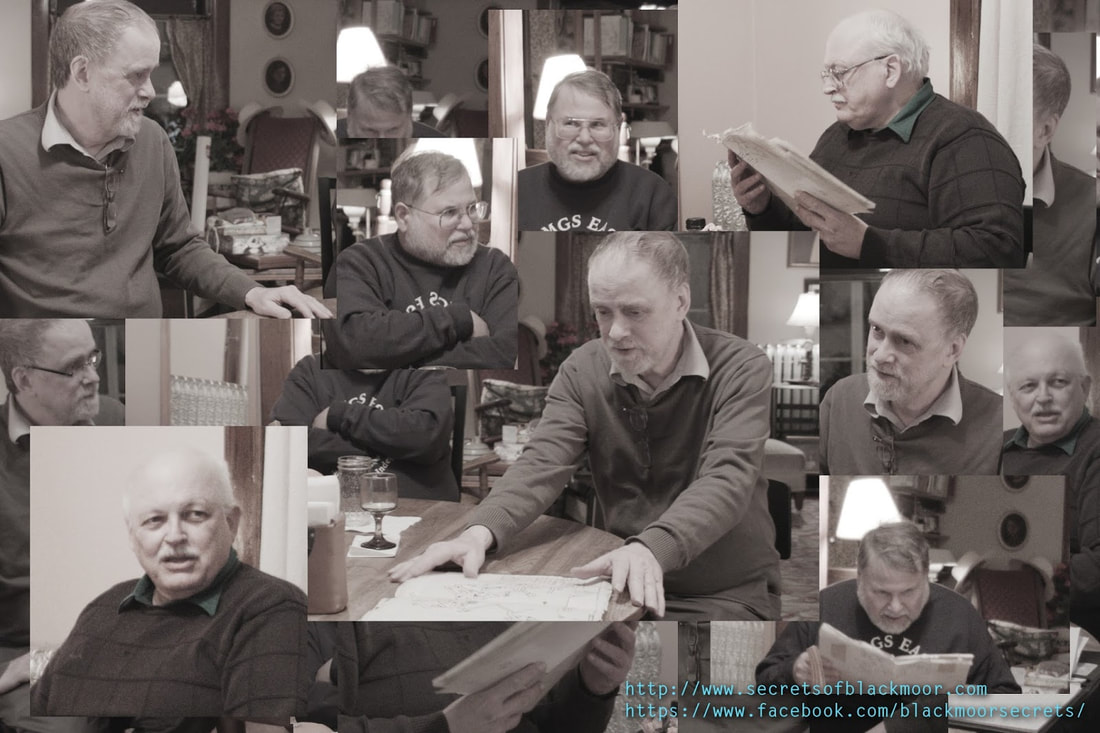

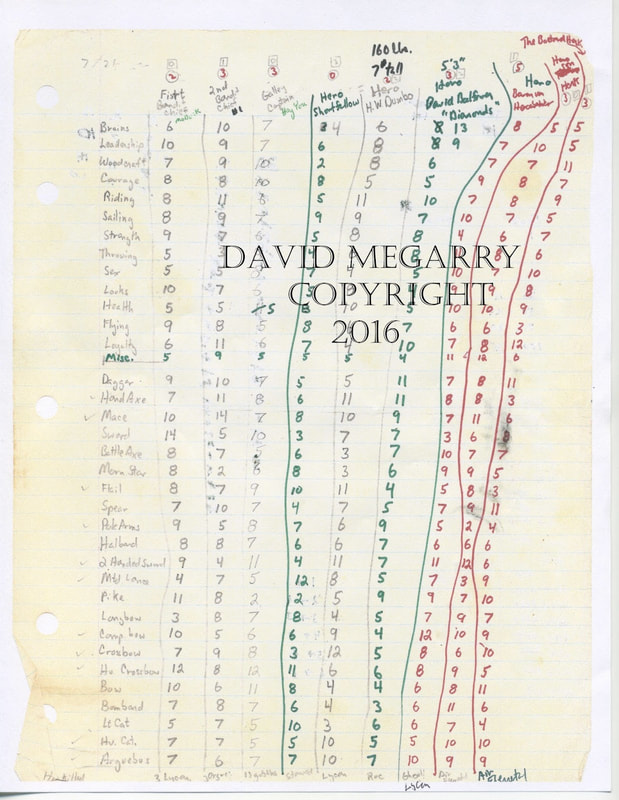
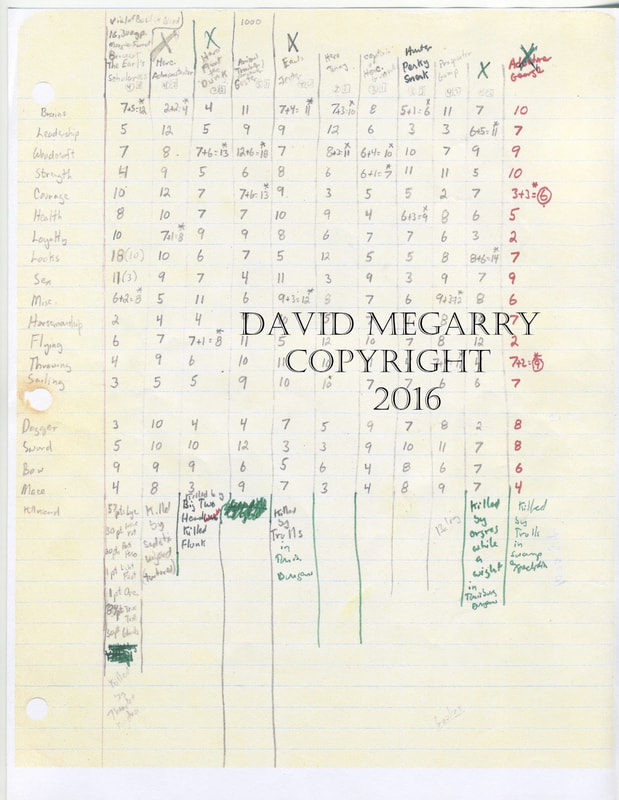
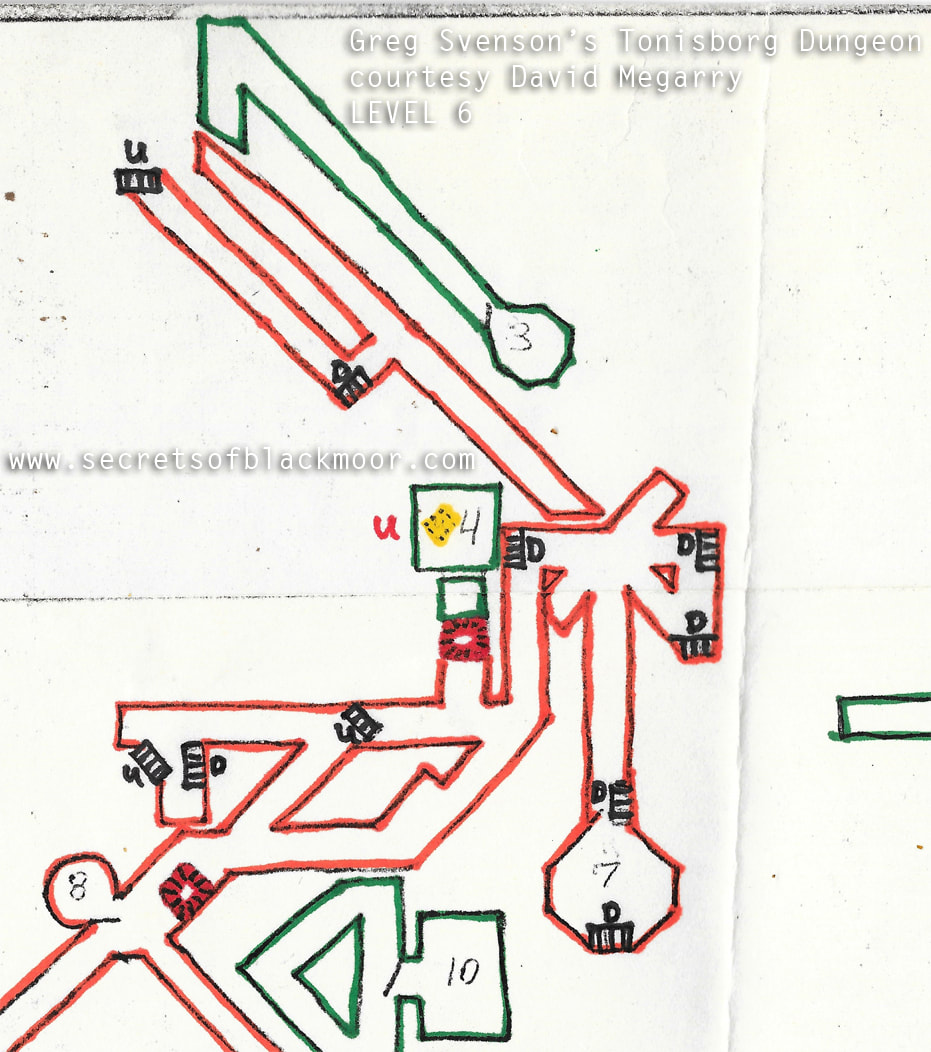
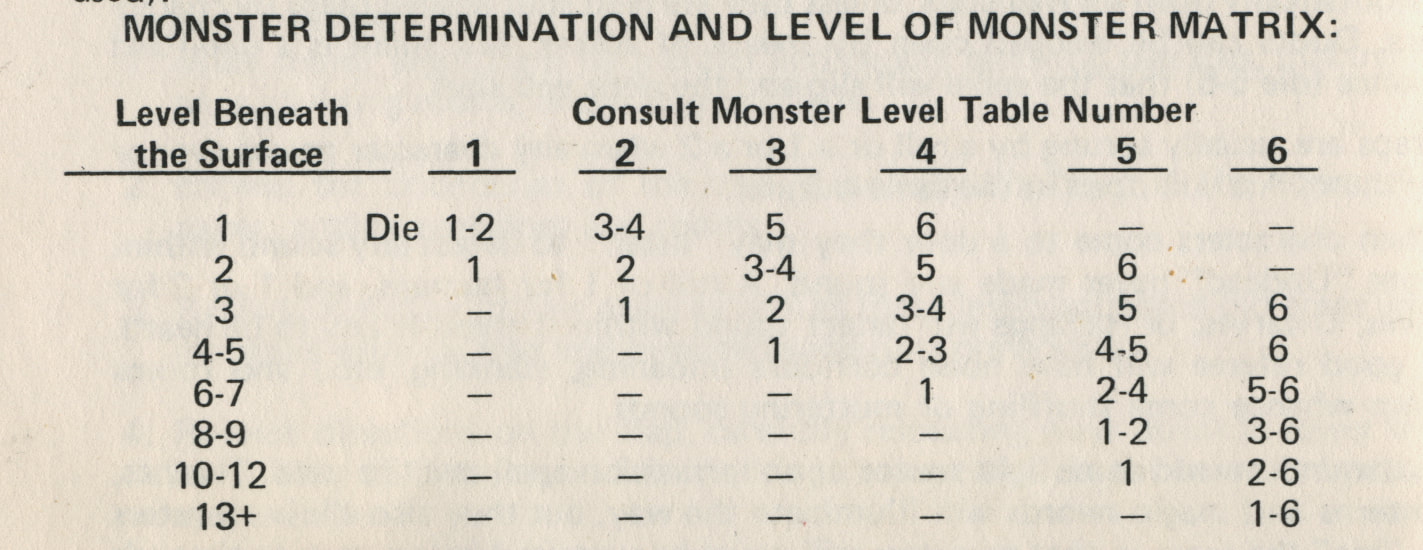
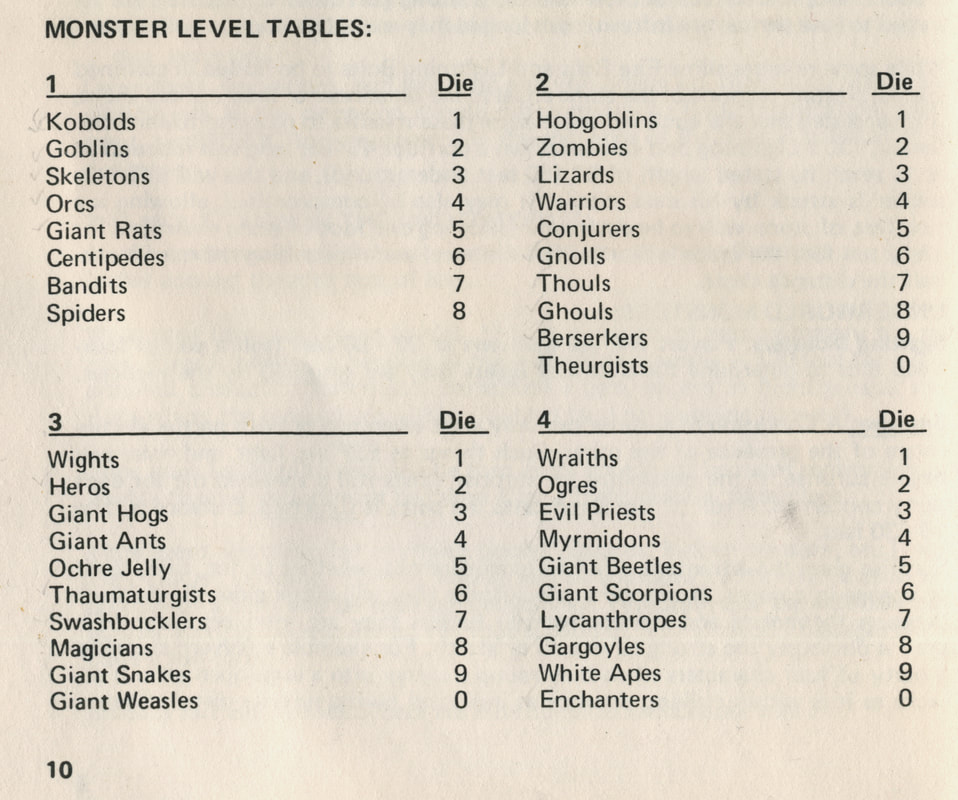
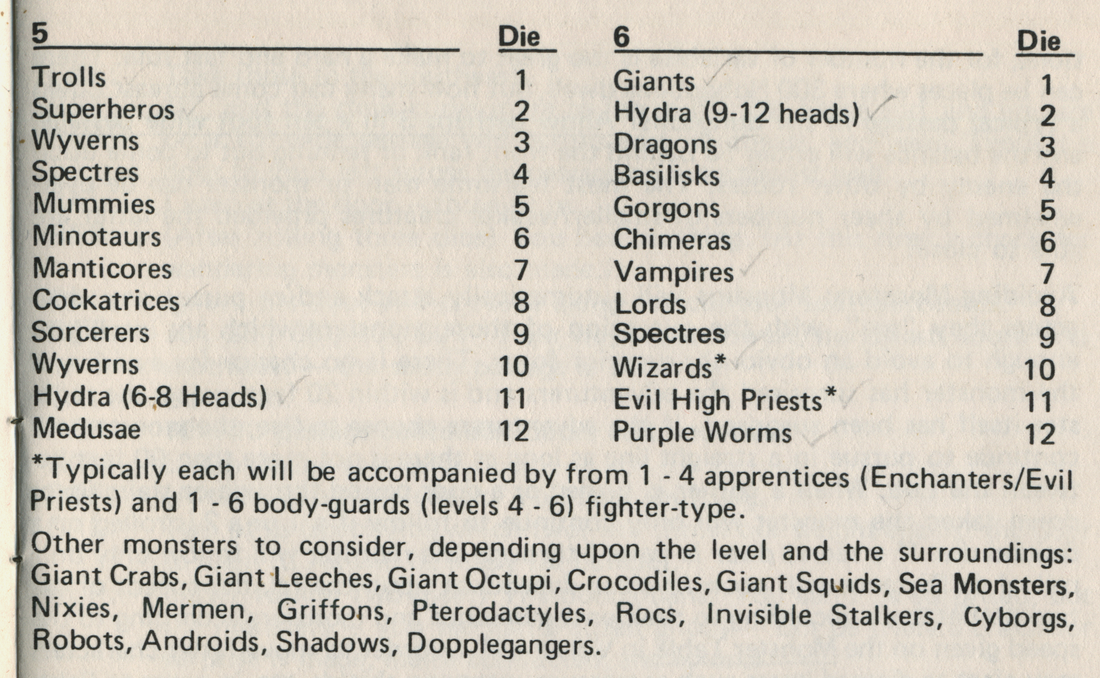
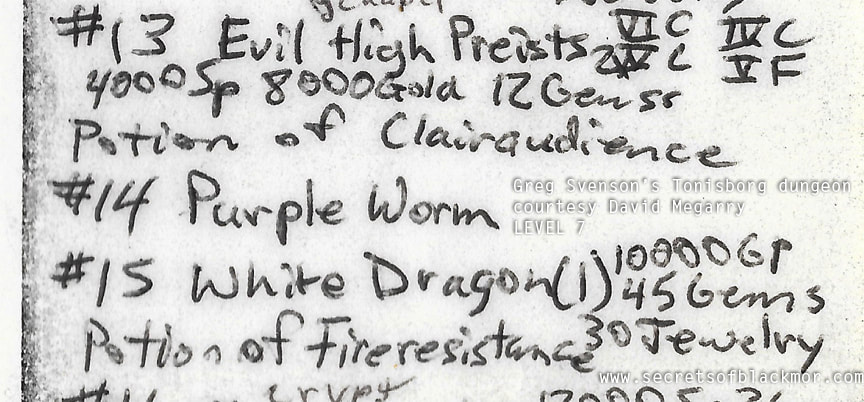
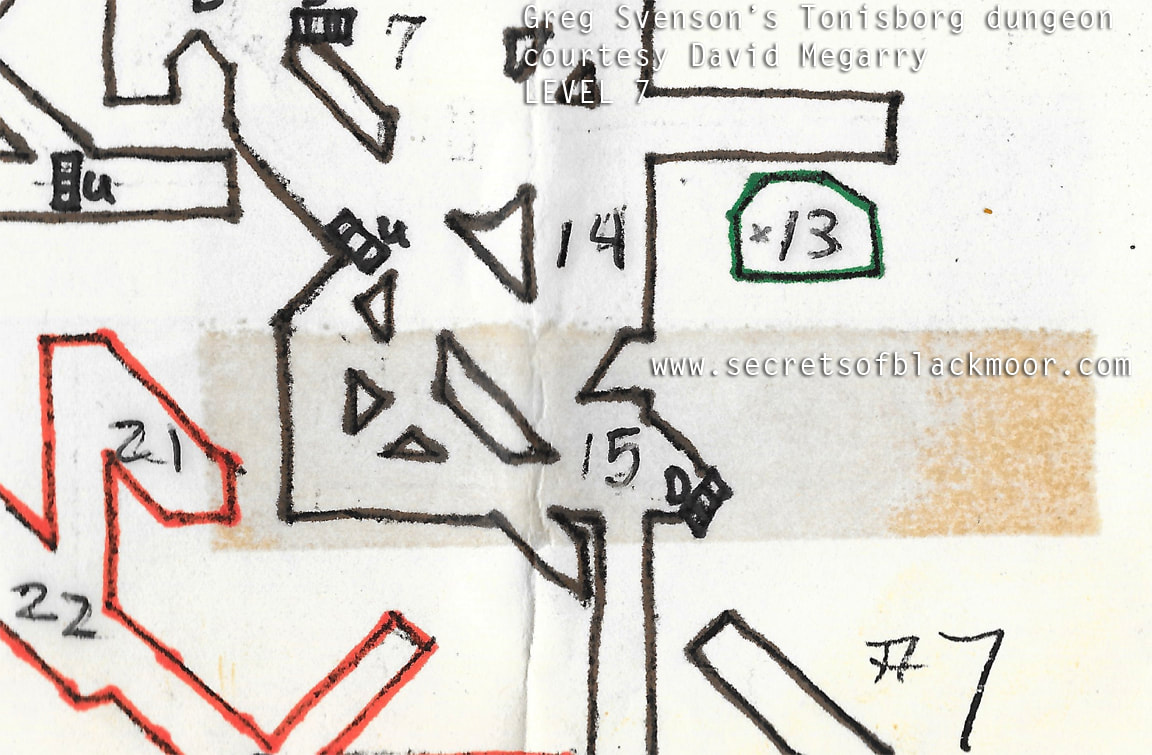
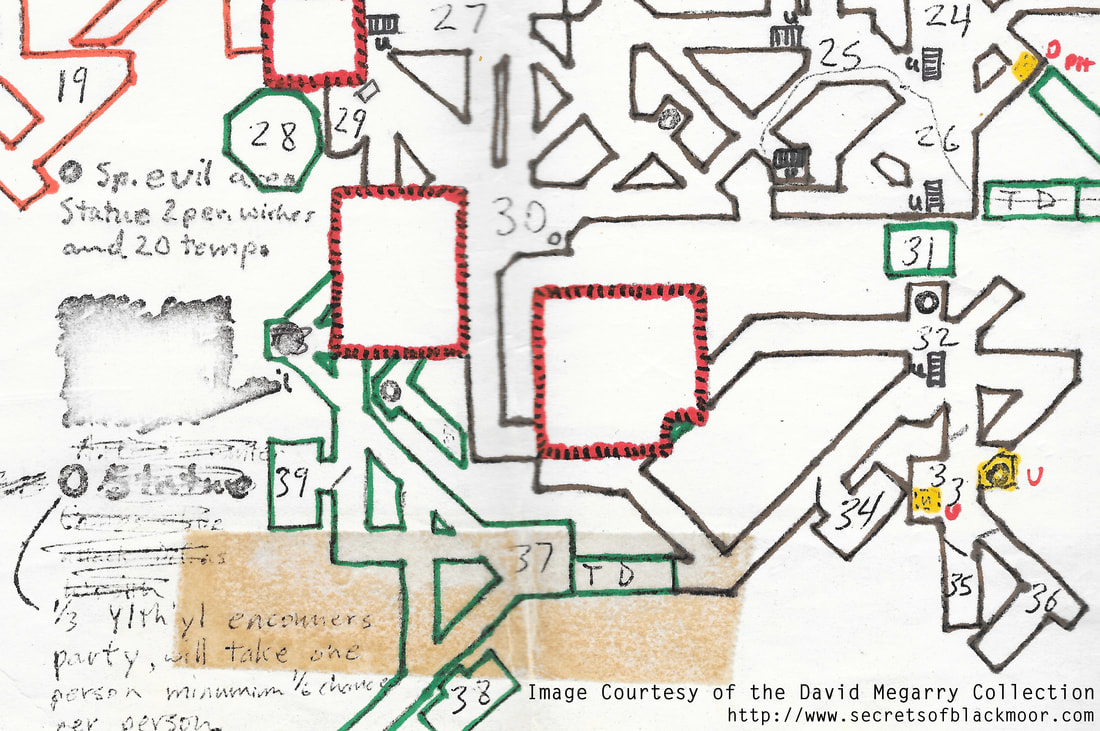

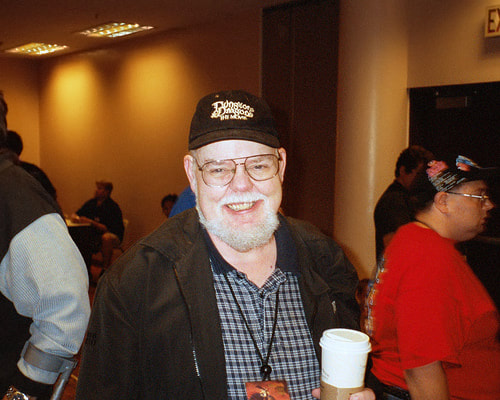
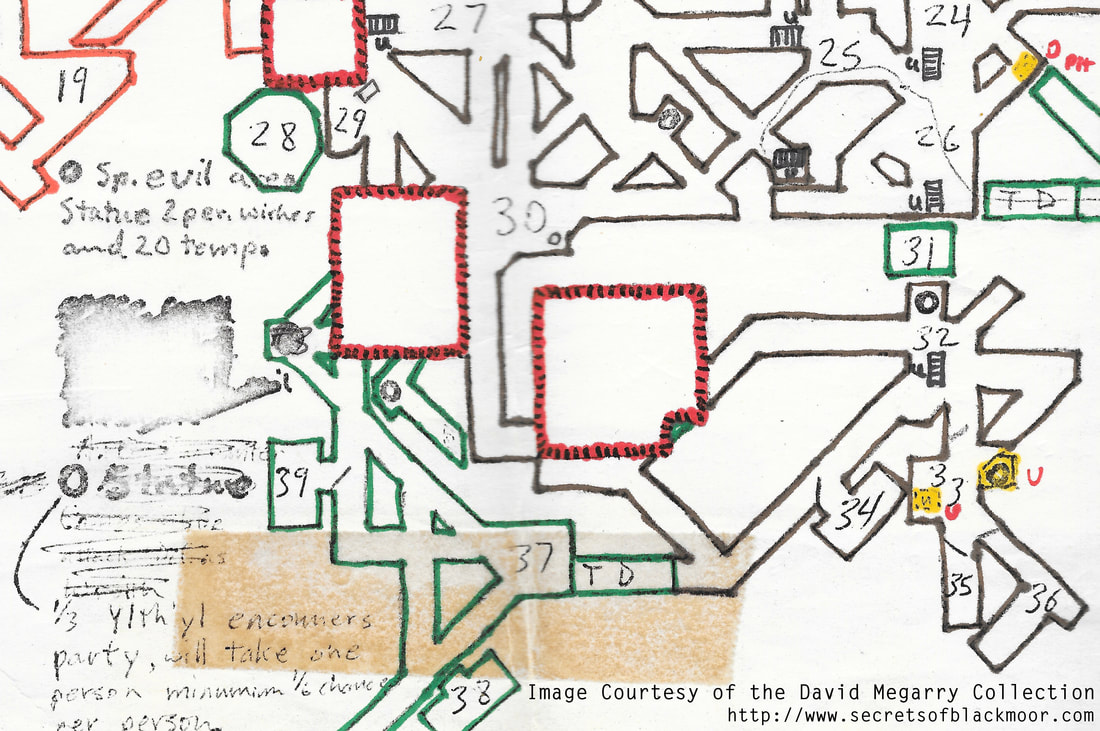
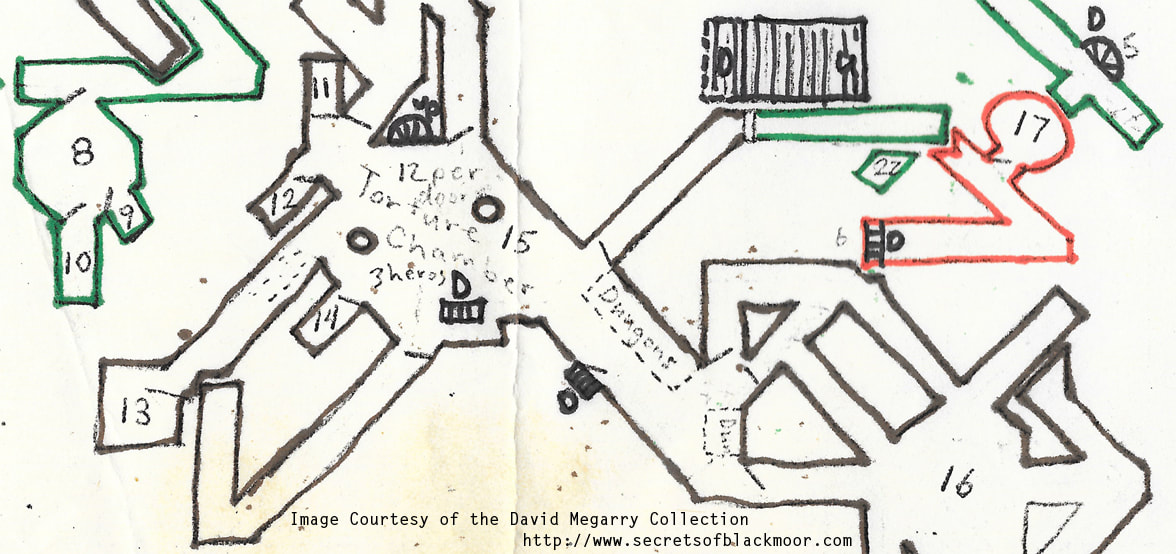
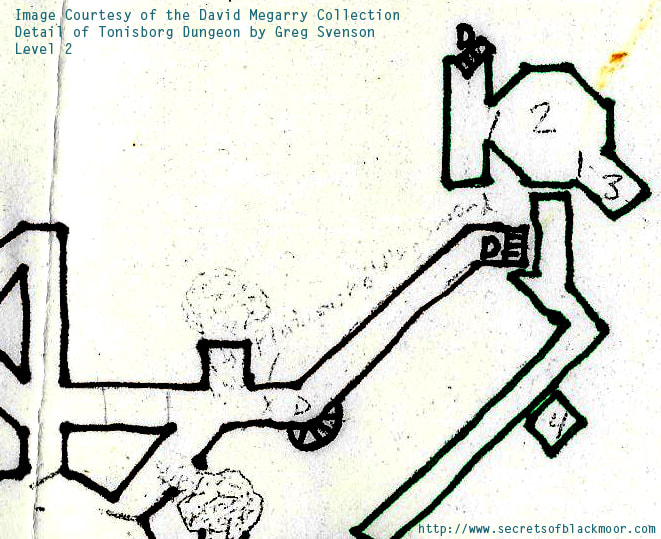

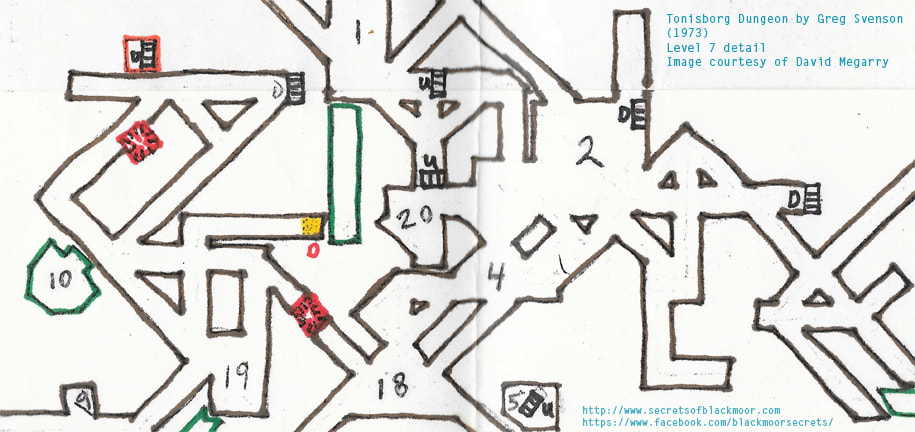
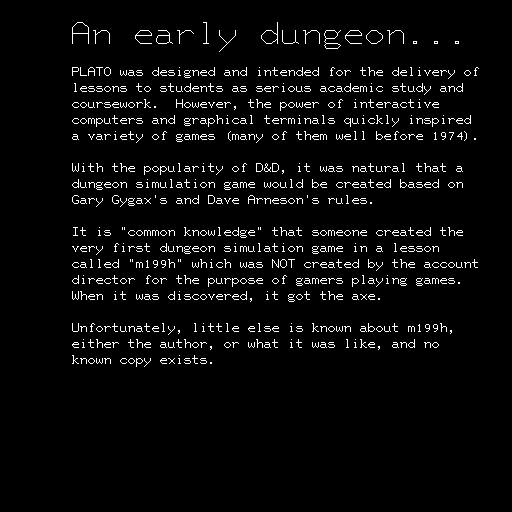
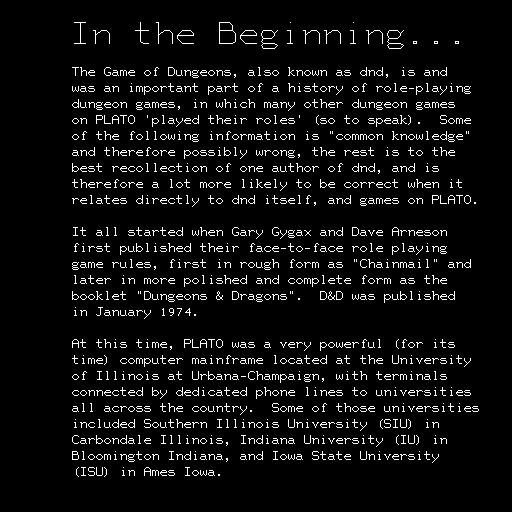
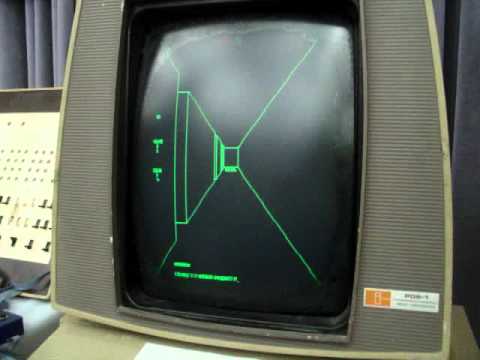
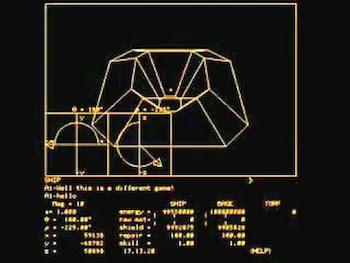



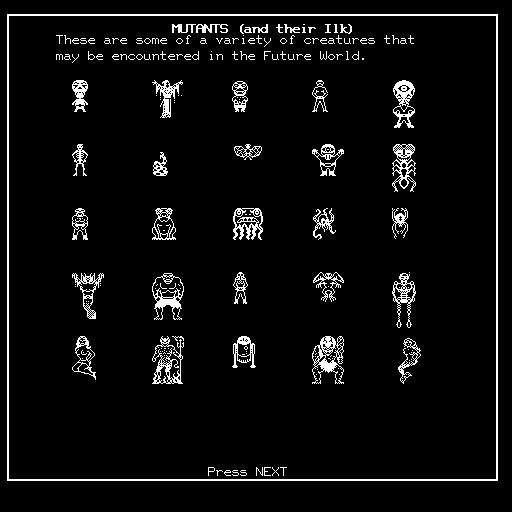
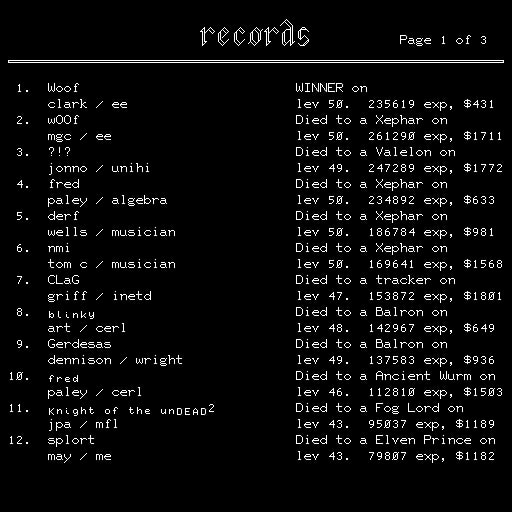
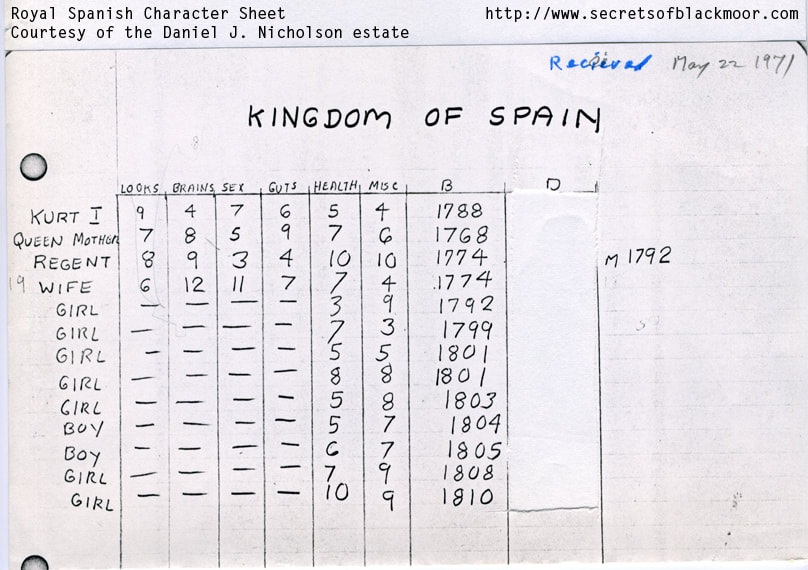
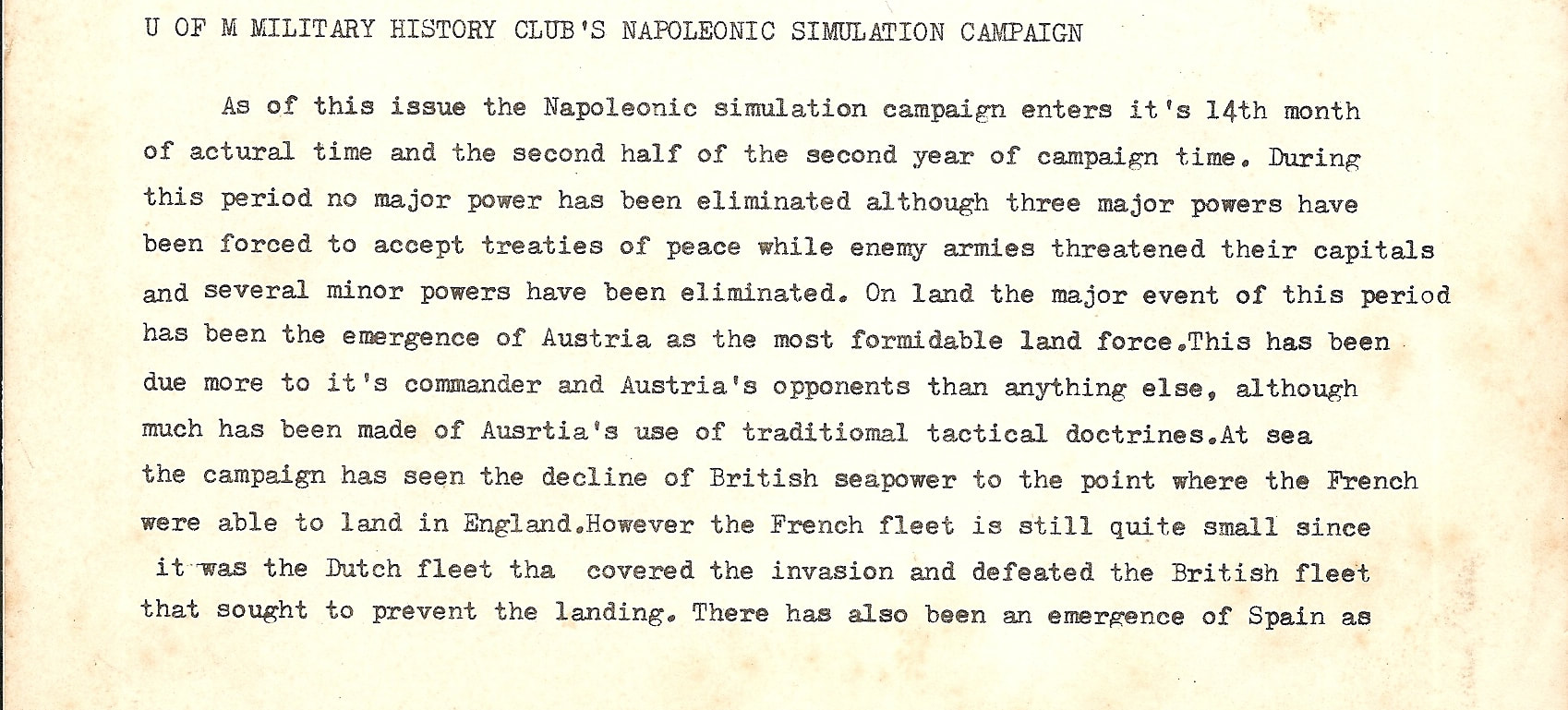
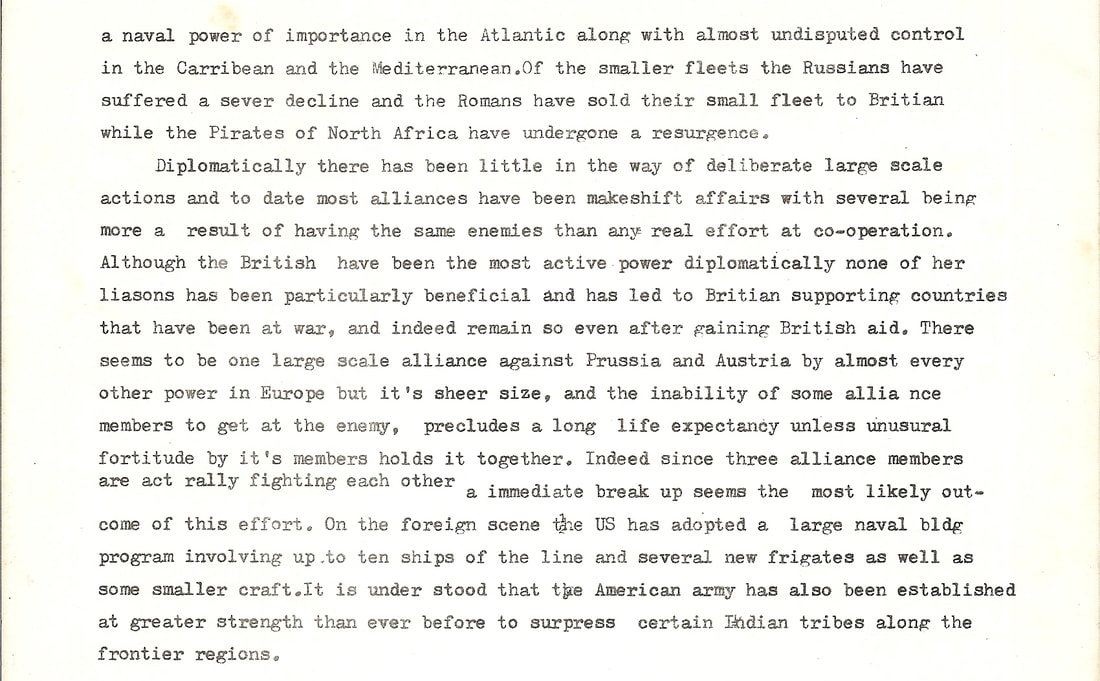
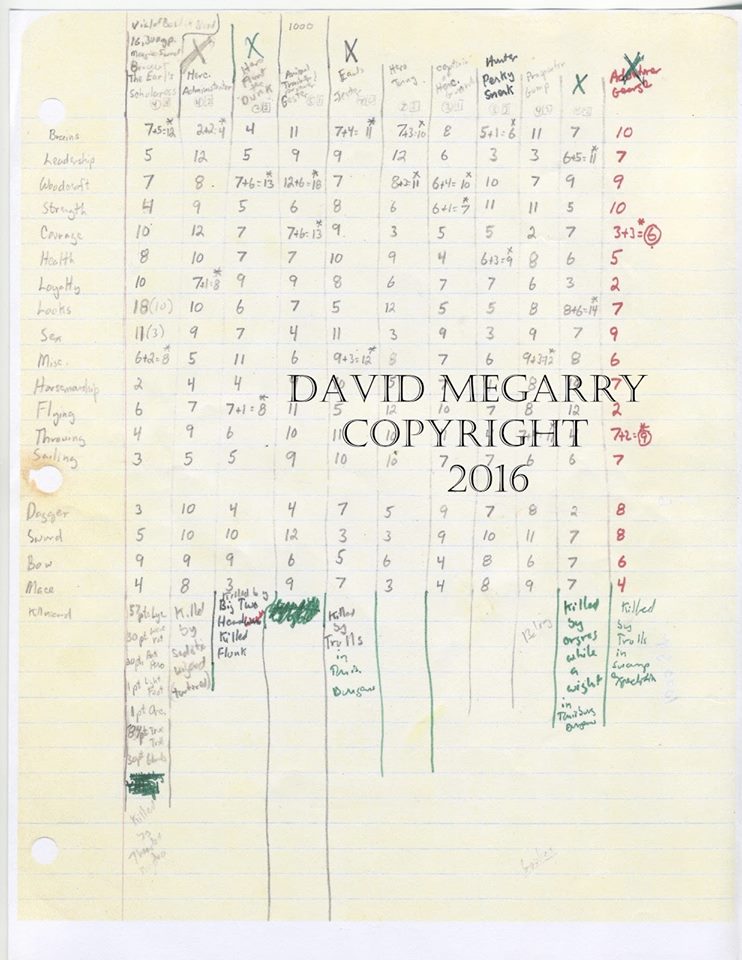
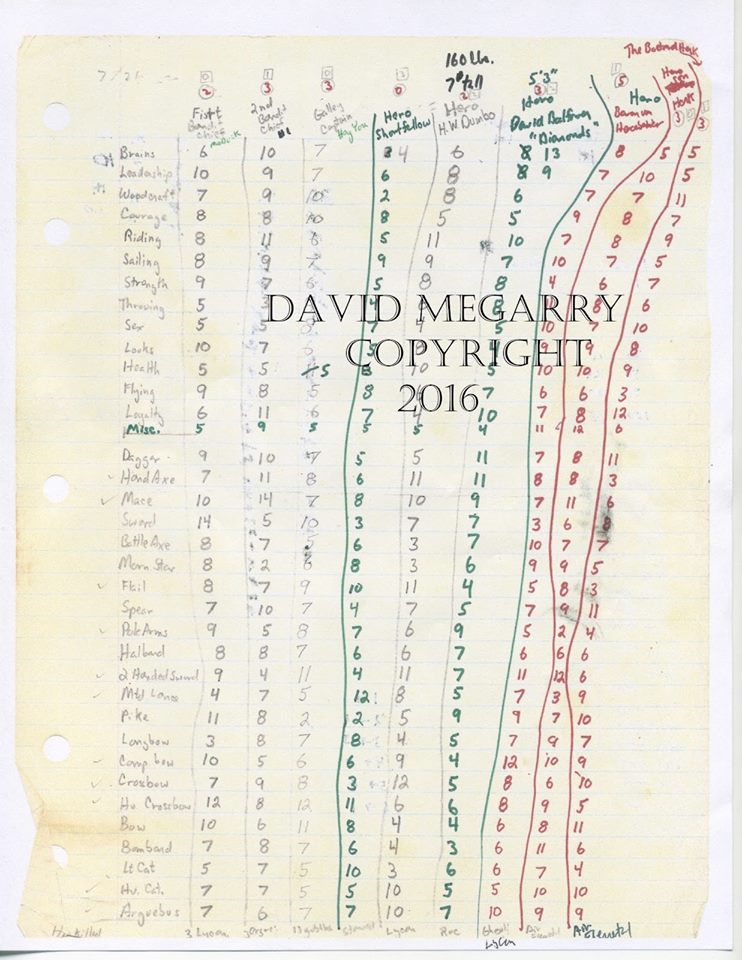
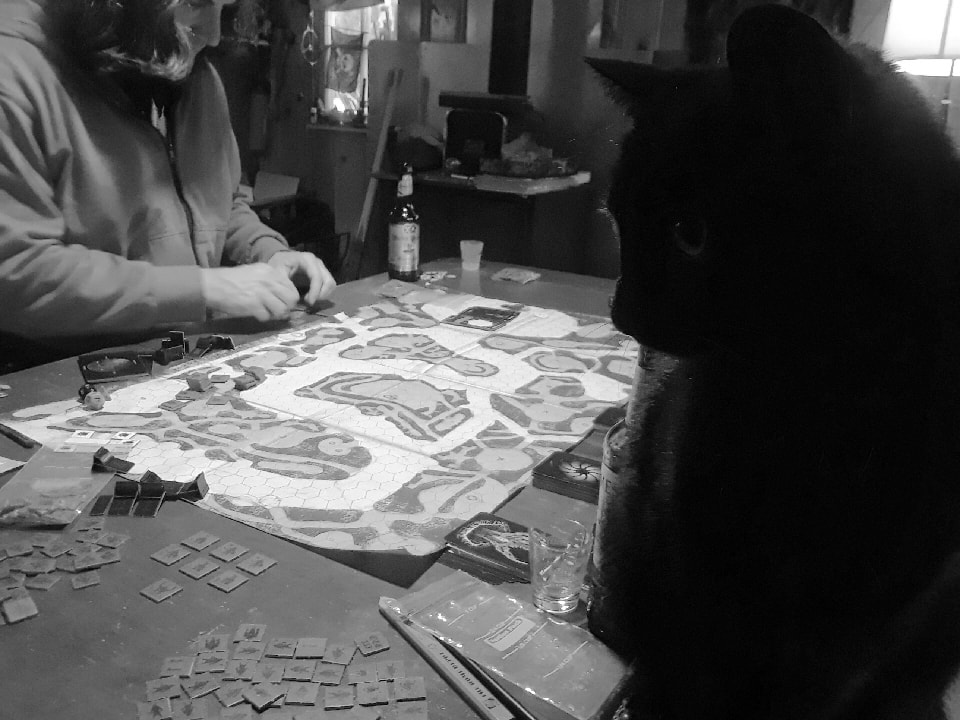
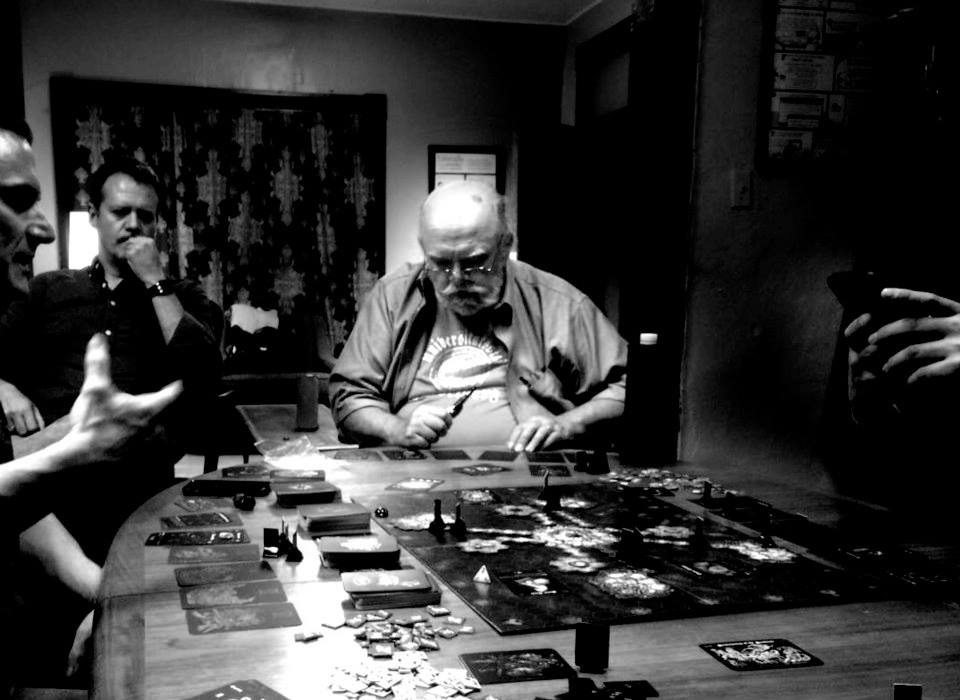
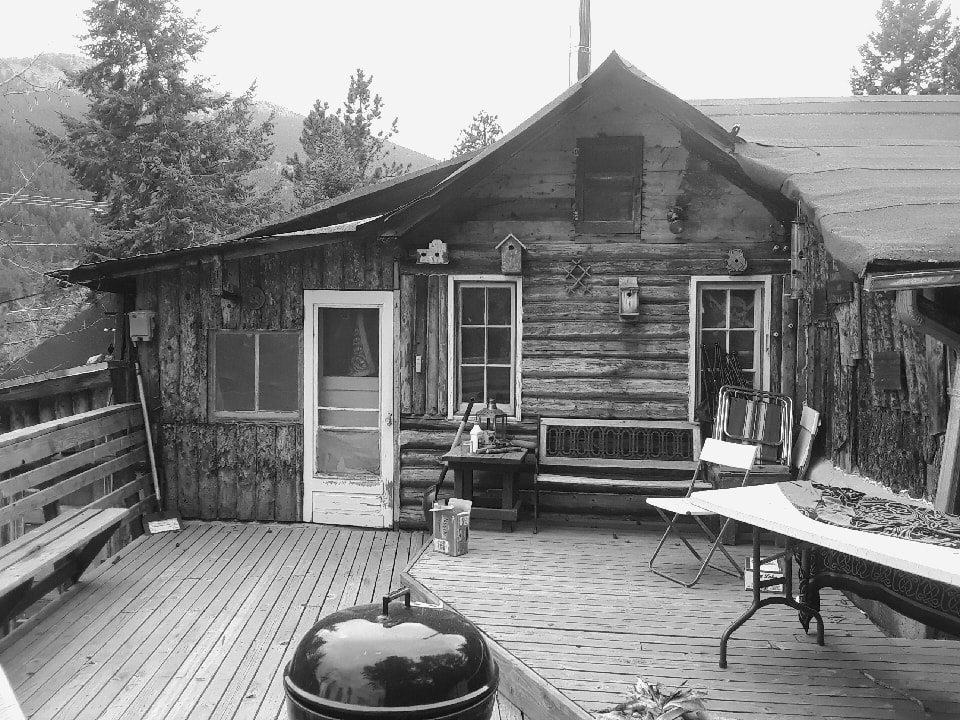
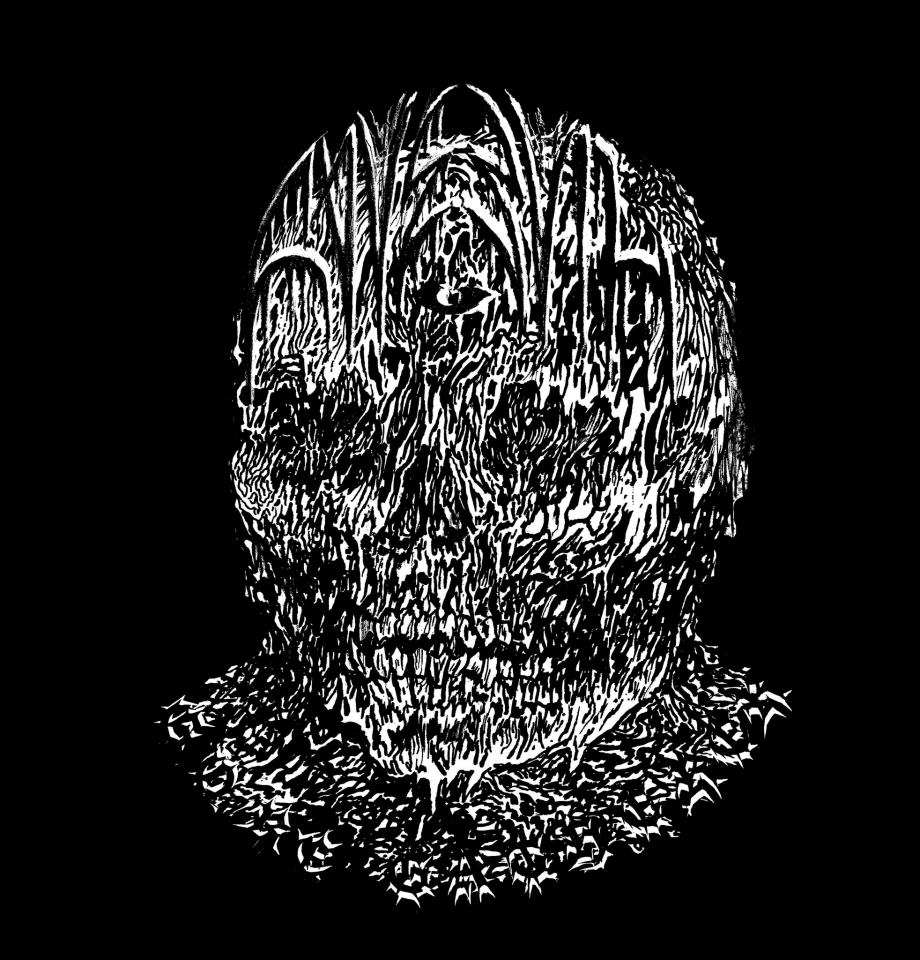
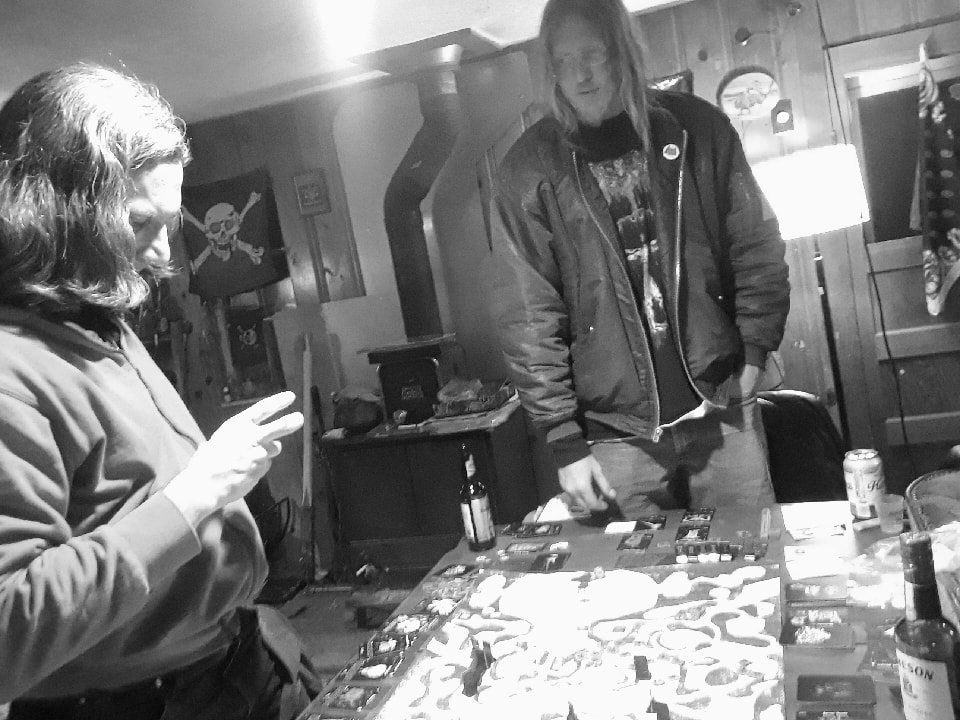
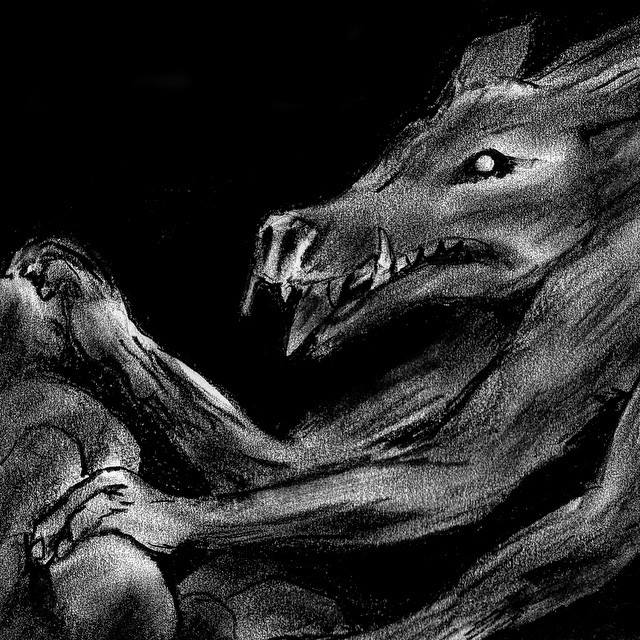
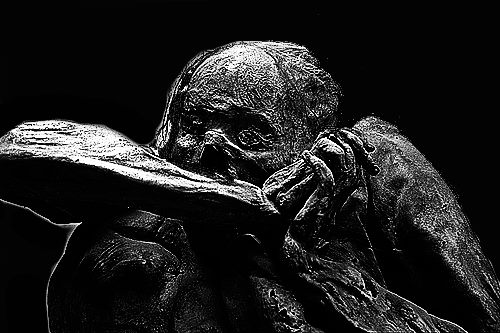
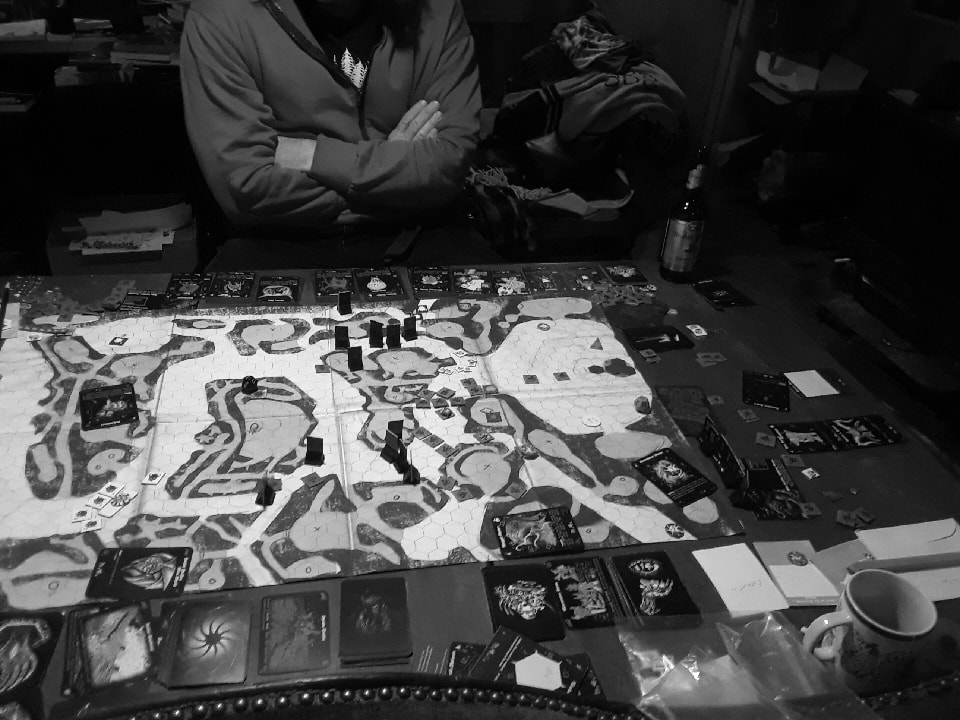
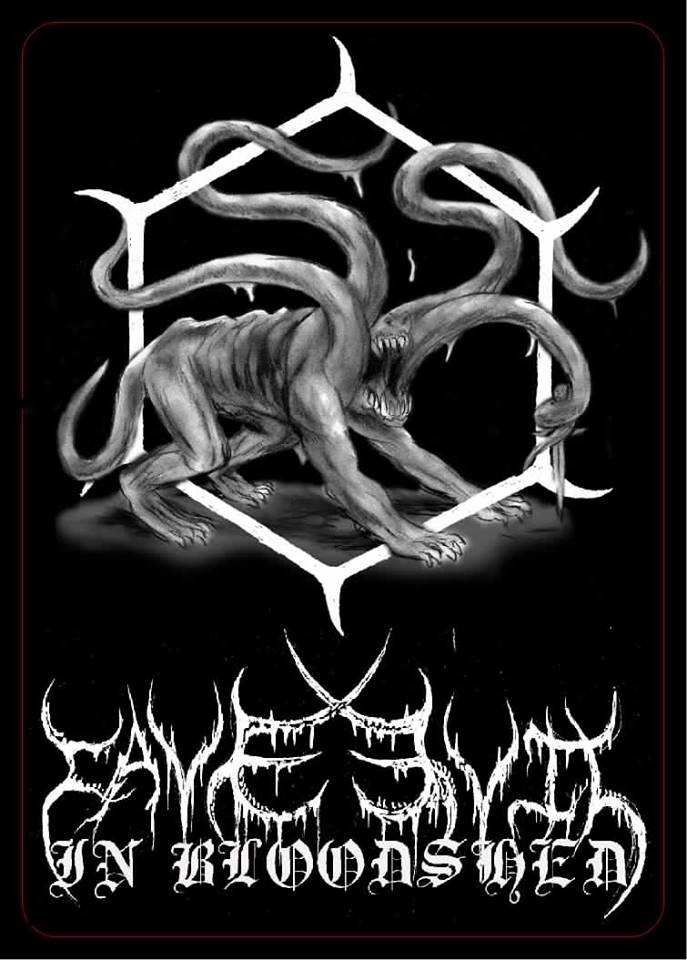
 RSS Feed
RSS Feed